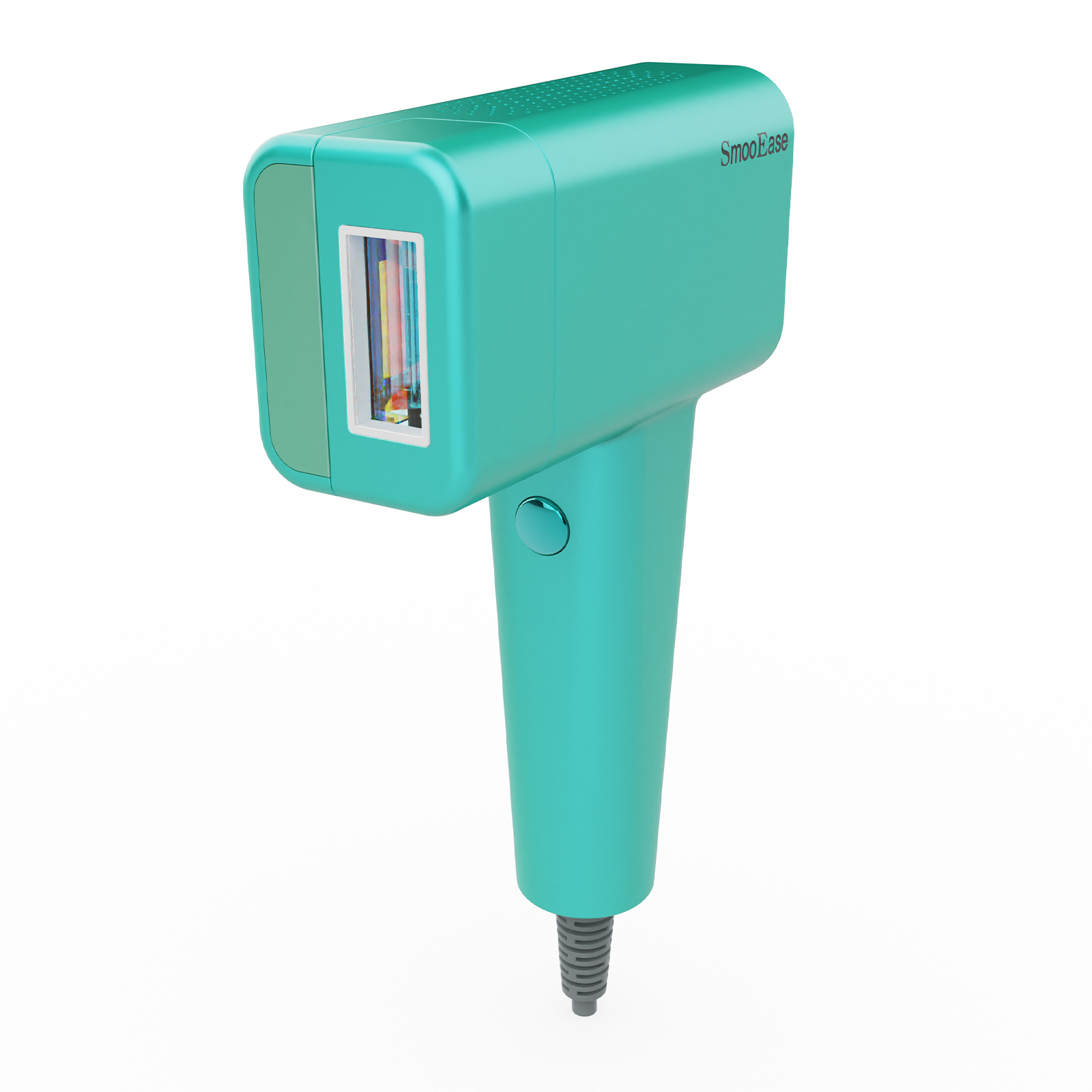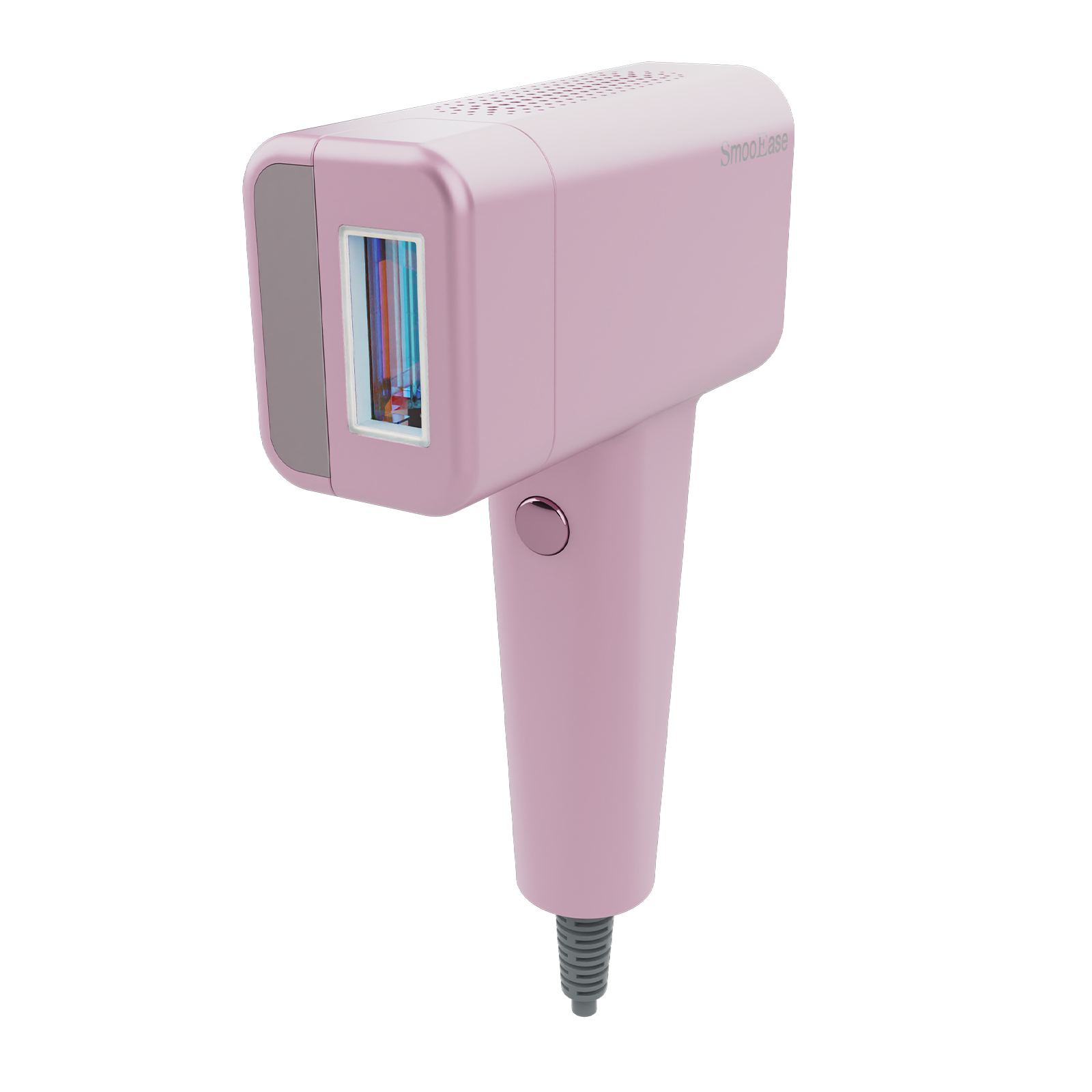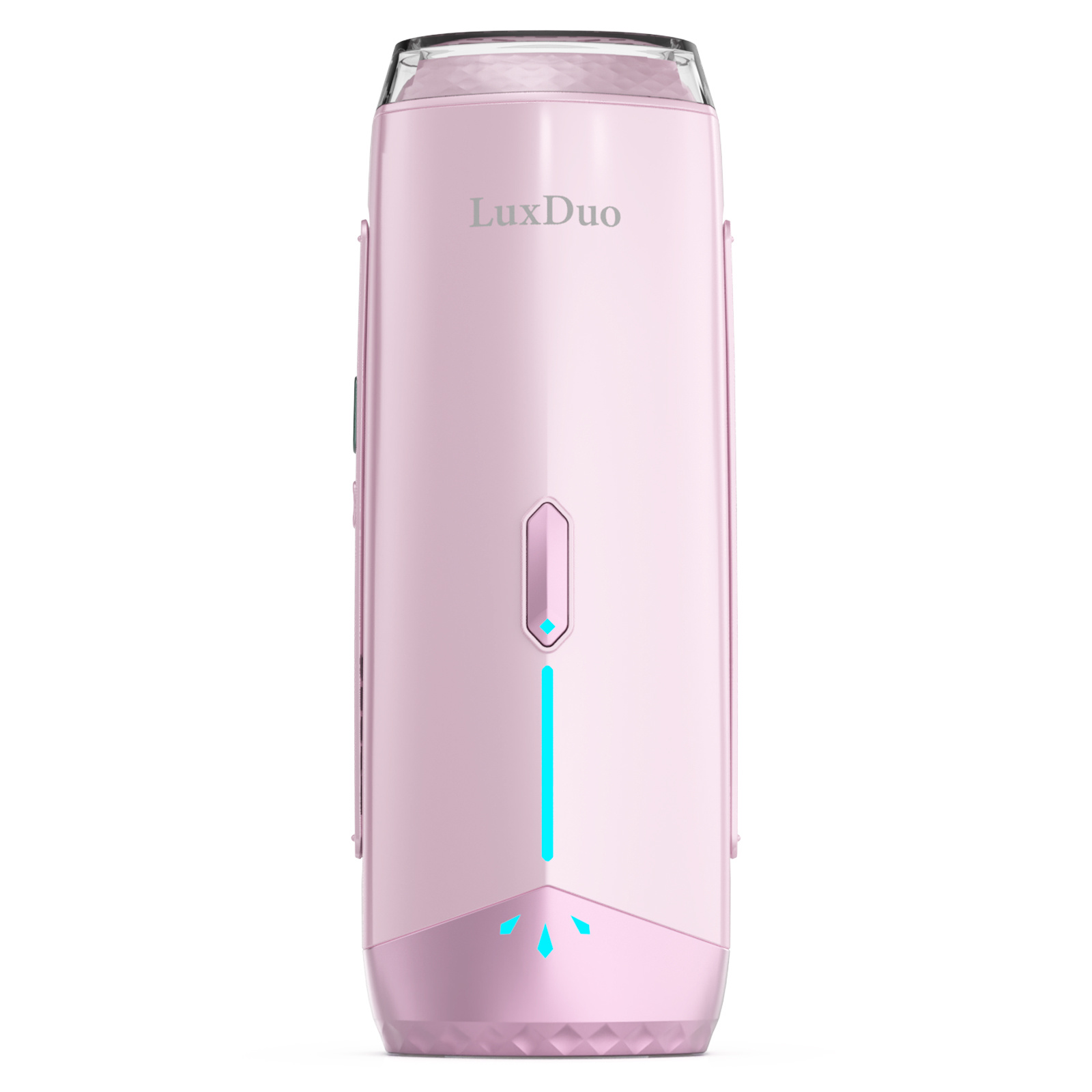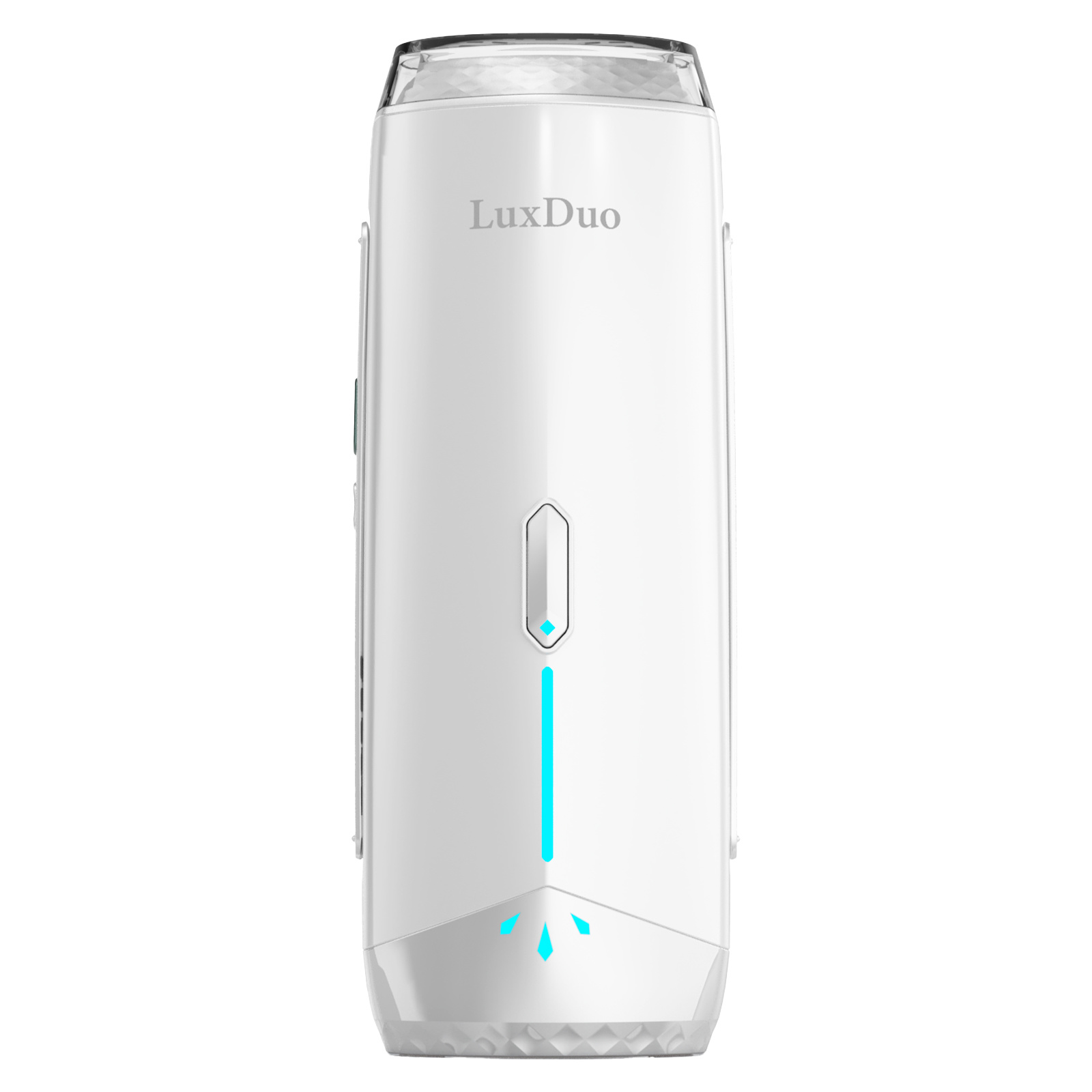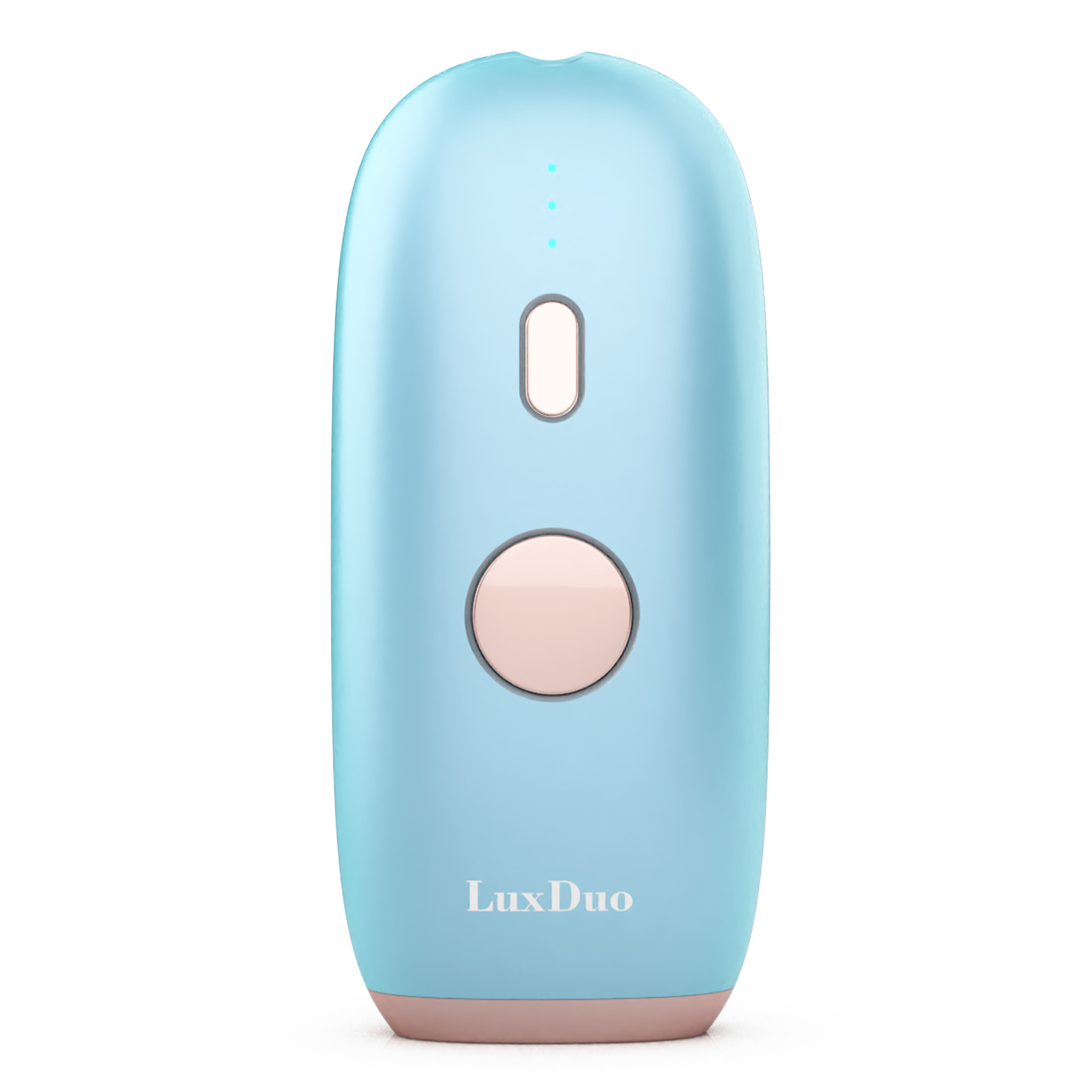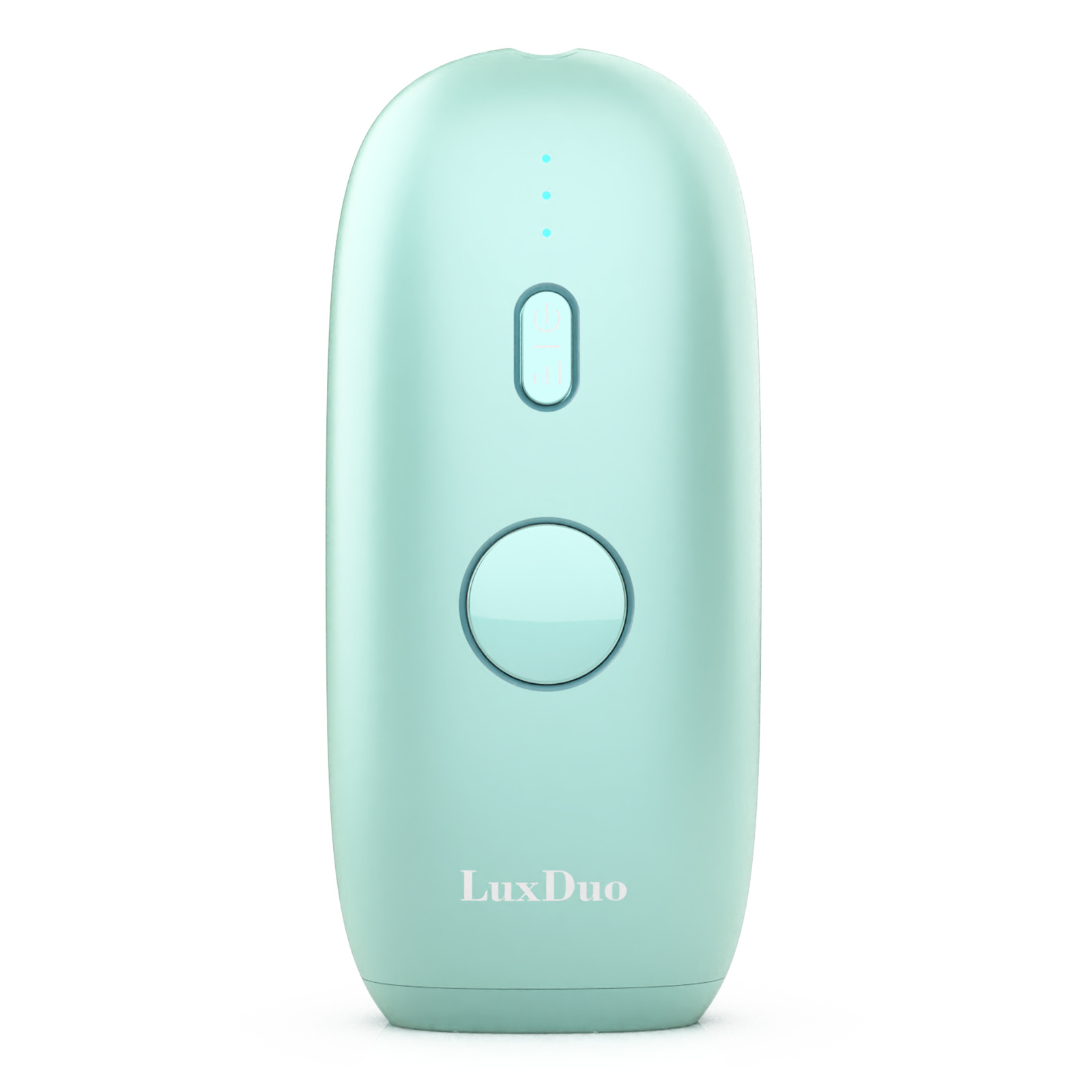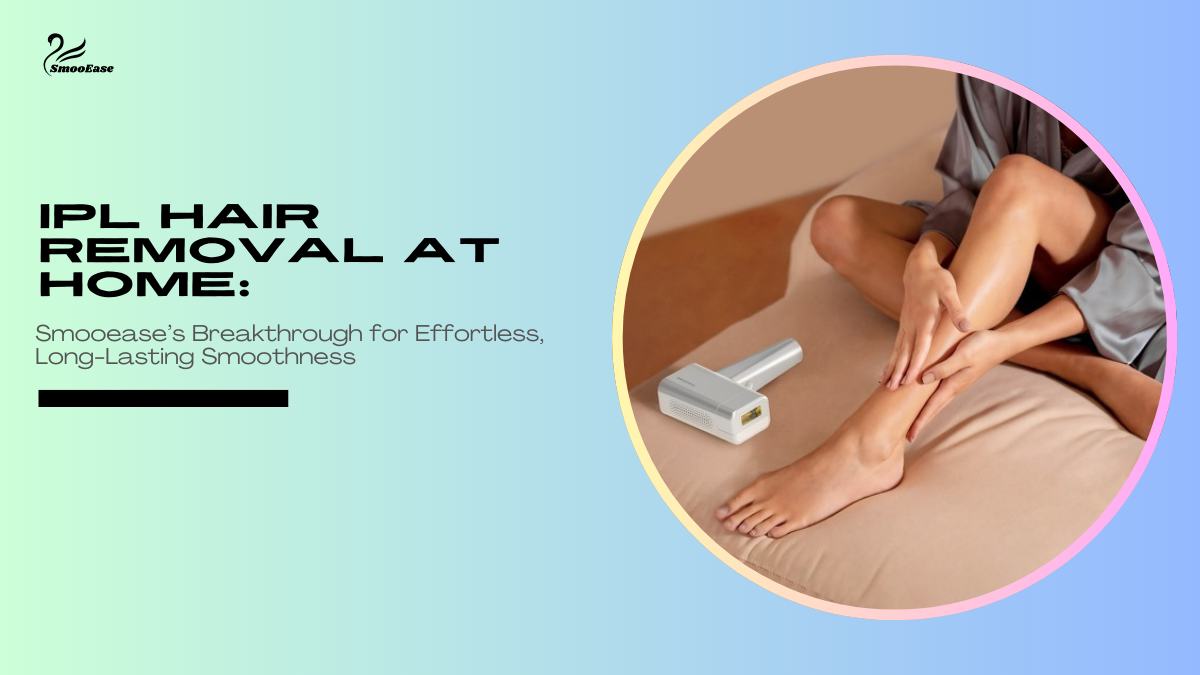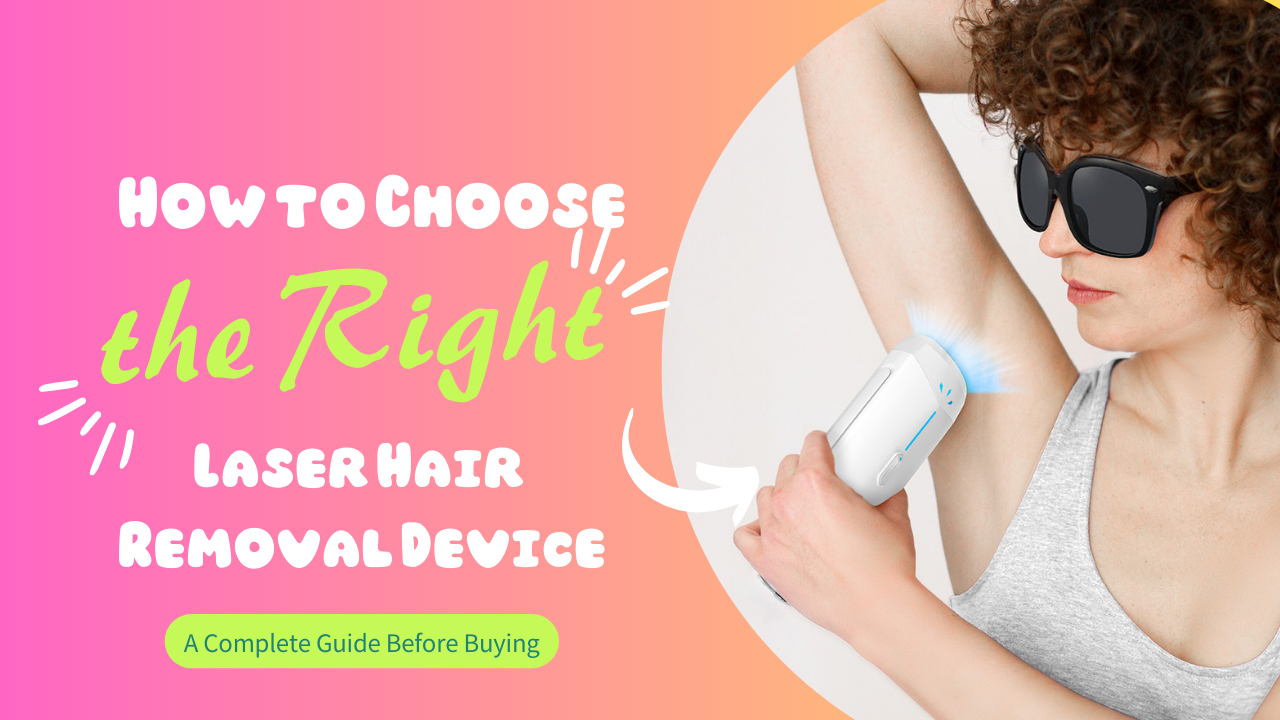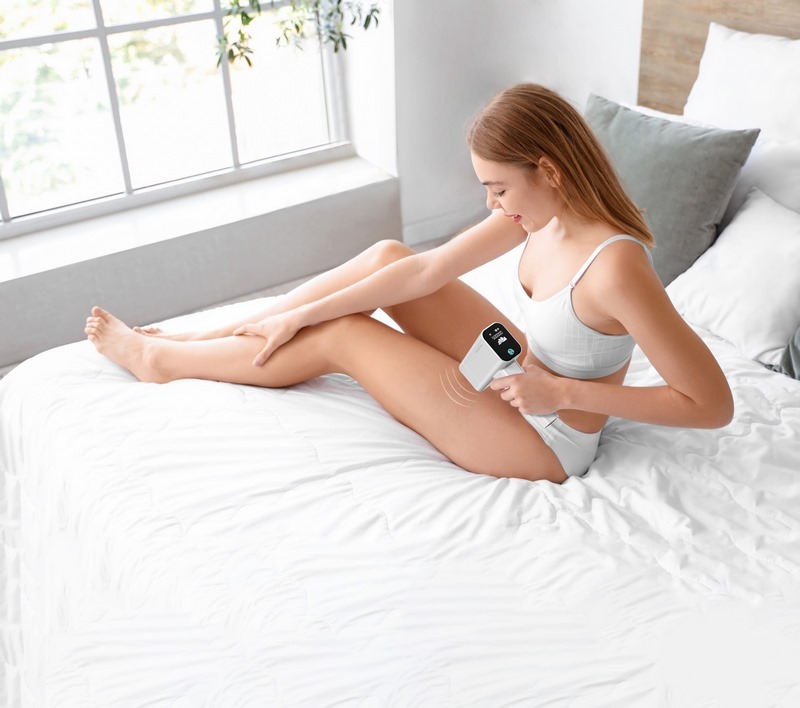Can armpit laser hair removal provide permanent smoothness?
Armpit laser hair removal has become a popular alternative to traditional hair removal methods like shaving, waxing, and depilatory creams.
2025-07-13
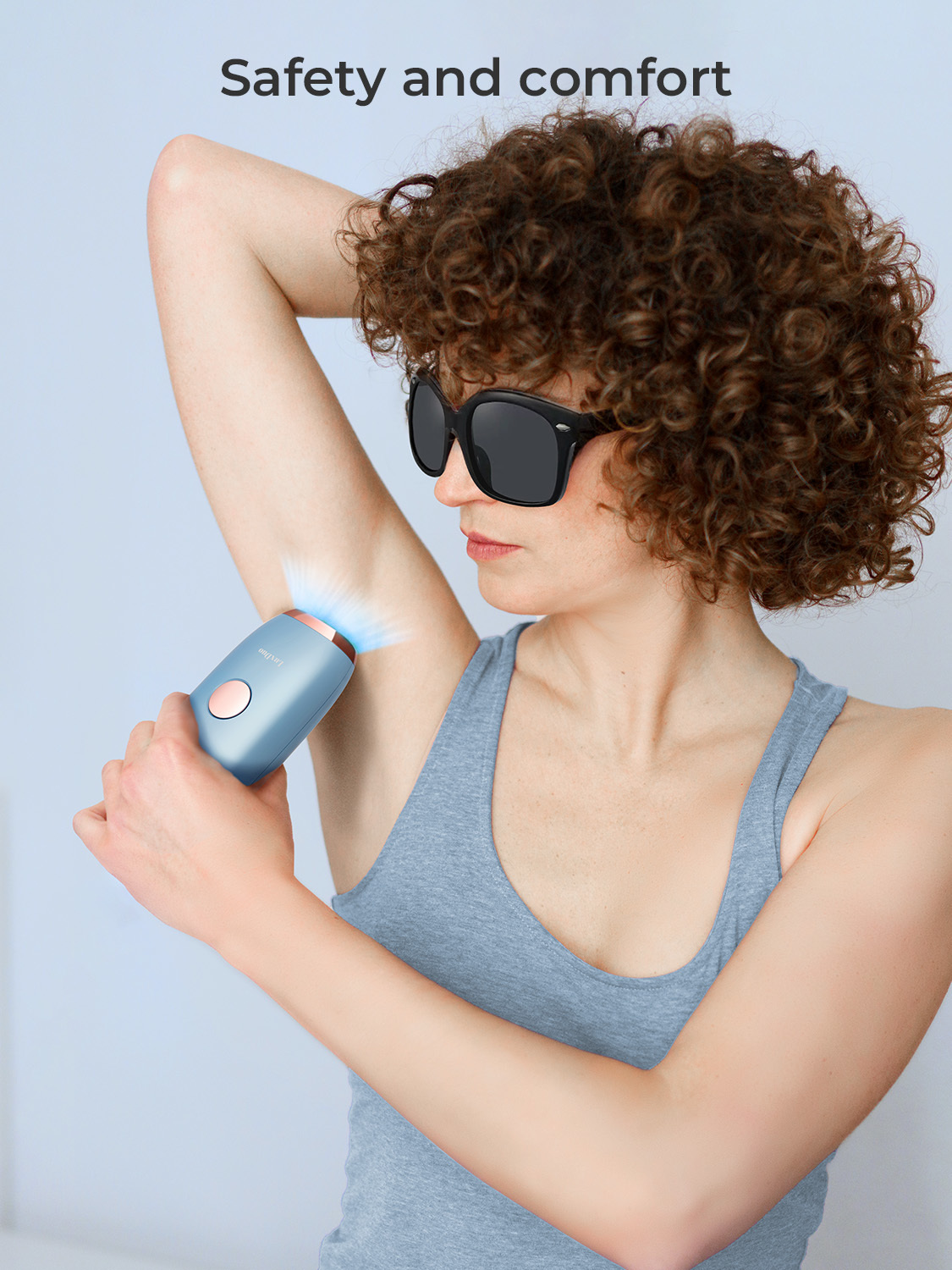
Introduction to Armpit Laser Hair Removal
Armpit laser hair removal has become a popular alternative to traditional hair removal methods like shaving, waxing, and depilatory creams. This method offers long-lasting results and significantly reduces hair regrowth. However, before choosing laser hair removal, it is crucial to understand the safety measures that ensure a secure and effective procedure. The following sections provide a comprehensive look into what you should consider regarding safety before, during, and after your treatment.
Understanding Laser Hair Removal Technology
Laser hair removal technology uses concentrated light beams to target and destroy hair follicles. The procedure involves the absorption of light energy by the pigment in the hair, which subsequently leads to the follicle's destruction. Understanding how this technology works is essential for grasping the necessary safety measures.
There are several types of lasers used in hair removal, including:
1. Alexandrite Laser
This is one of the fastest lasers and is most effective for light to medium skin tones with dark hair.
2. Diode Laser
The diode laser is effective for a variety of skin tones and can safely treat darker skin types.
3. Nd:YAG Laser
This laser penetrates deeper, making it suitable for all skin types, especially darker skin.
Safety Measures to Consider Before Treatment
Before undergoing armpit laser hair removal, considering safety measures is crucial to minimize risks and enhance effectiveness. Here are some essential precautions to take:
1. Consultation with a Qualified Specialist
Schedule a thorough consultation with a qualified dermatologist or licensed laser technician. Discuss your medical history, skin type, and any medications you are taking. This helps identify potential risks.
2. Skin Sensitivity Test
A patch test can determine how your skin reacts to the laser. This test is essential for identifying any adverse reactions before the full treatment.
3. Avoid Sun Exposure
Limit sun exposure for at least two weeks before your treatment. Tanned skin can lead to complications during the procedure.
4. Stop Hair Removal Methods
Refrain from waxing, plucking, or using depilatory creams for at least four weeks before treatment. These methods remove the hair follicle, which is required for laser effectiveness.
5. Avoid Certain Medications
Some medications can increase sensitivity to light. Avoid blood thinners, retinoids, and certain antibiotics as recommended by your specialist.
6. Hydrate Your Skin
Keeping your skin well-hydrated can enhance the treatment's effectiveness. Use a moisturizing lotion in the weeks leading up to your appointment.
Safety Protocols During the Treatment
During the actual laser hair removal procedure, certain protocols help ensure patient safety and comfort:
1. Protective Eyewear
Both the patient and the technician should wear protective eyewear to shield their eyes from the laser light.
2. Skin Cooling Techniques
Cooling devices or gels are often used to protect the skin and reduce discomfort. This is especially important for sensitive areas like the armpits.
3. Proper Laser Settings
The technician should adjust the laser settings based on your skin type and hair color. This customization reduces the risk of burns and improves treatment effectiveness.
4. Communication During the Procedure
Maintain open communication with your technician throughout the treatment. If you experience any discomfort or unusual sensations, inform them immediately.
Post-Treatment Safety Care and Precautions
After the treatment, following the proper care guidelines is essential for a safe recovery and optimal results:
1. Avoid Sun Exposure
Continue to avoid any sun exposure for at least two weeks post-treatment. Use a high-SPF sunscreen to protect the treated area.
2. No Hot Showers or Baths
Avoid hot showers, saunas, or swimming pools for at least 48 hours after your treatment. Heat can irritate the skin and increase the risk of complications.
3. Moisturize Your Skin
Keep the treated area moisturized with gentle, fragrance-free products. This helps reduce any irritation.
4. Do Not Pick or Scratch
Avoid picking at or scratching the treated area as it may lead to infections or scarring.
5. Follow-up Appointments
Schedule follow-up appointments as recommended by your specialist to assess results and plan further treatments.
Choosing a Qualified Professional for Your Laser Treatment
Selecting a qualified professional is one of the most critical factors in ensuring a safe laser hair removal experience. Here are some tips for finding the right expert:
1. Check Credentials
Ensure the technician is licensed and certified in laser hair removal. Look for qualifications from recognized institutions.
2. Read Reviews
Look for online reviews and testimonials from previous clients. This feedback can provide insight into their experience and success rates.
3. Ask About Experience
Inquire about the technician's experience specifically with armpit hair removal. Experience plays a vital role in the safety and success of the procedure.
4. Visit the Facility
Schedule a visit to the clinic to observe cleanliness and professionalism. A well-maintained environment is essential for safety.
Common Risks and Side Effects of Laser Hair Removal
While armpit laser hair removal is generally considered safe, it is important to be aware of potential risks and side effects:
1. Skin Irritation
Mild redness and swelling are common immediately after treatment but typically subside within a few hours.
2. Pigment Changes
Some patients may experience temporary changes in skin pigmentation, either lightening or darkening of the treated area.
3. Blistering
In rare cases, blistering can occur, especially if the skin is not adequately protected.
4. Allergic Reactions
Although uncommon, some individuals may experience allergic reactions to topical anesthetics used during the procedure.
Frequently Asked Questions
1. Is armpit laser hair removal painful?
Most patients report mild discomfort, comparable to the sensation of a rubber band snapping against the skin. The use of cooling techniques can help minimize discomfort.
2. How many sessions are required for optimal results?
Typically, 6 to 8 sessions are recommended for best results, depending on individual hair growth patterns.
3. Can all skin types undergo laser hair removal?
Yes, advancements in technology have made it possible for various skin types to benefit from laser hair removal. Consult with a professional to determine the best approach for your skin.
4. How long does each session take?
A typical session for armpit hair removal lasts between 15 to 30 minutes, depending on individual needs.
5. What should I do if I experience adverse effects?
Contact your laser technician or dermatologist immediately if you experience any concerning symptoms. It is essential to address any issues promptly.
Conclusion
In conclusion, armpit laser hair removal is a highly effective method for long-term hair reduction when performed with proper safety measures. By understanding the technology, preparing adequately, and following post-treatment care, you can enhance your overall experience and minimize risks. Always prioritize consulting with qualified professionals to ensure that your treatment is safe, effective, and tailored to your individual needs. With the right precautions, you can enjoy smooth, hair-free armpits with confidence and peace of mind.
Relevant information
IPL Hair Removal at Home: Smooease’s Breakthrough for Effortless, Long-Lasting Smoothness
2025-02-24
How to Choose the Right Laser Hair Removal Device: A Complete Guide
2025-01-15
How to Use a Laser Hair Removal Device at Home: A Complete Guide for Smooth, Hair-Free Skin
2025-01-10



